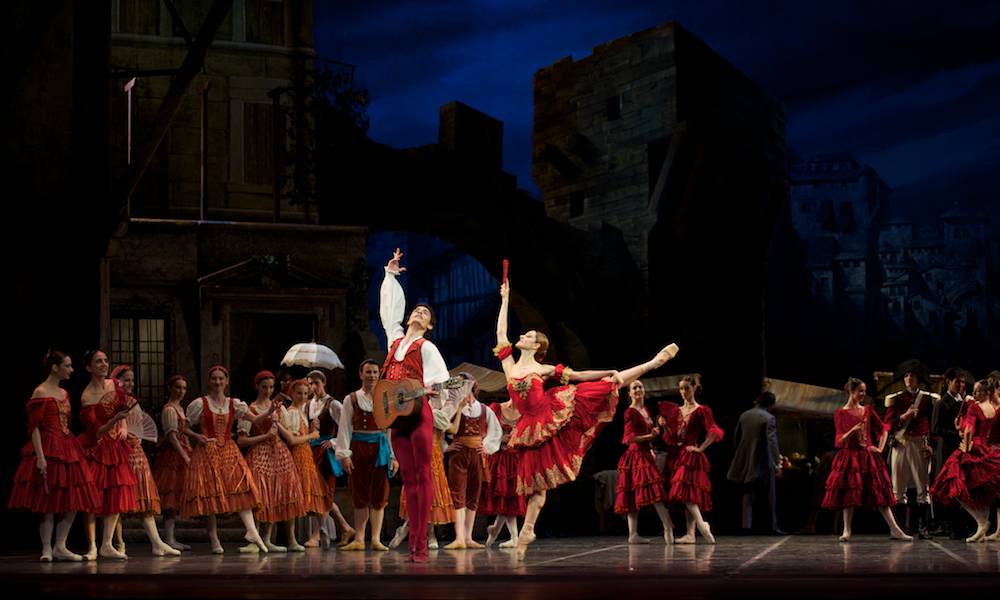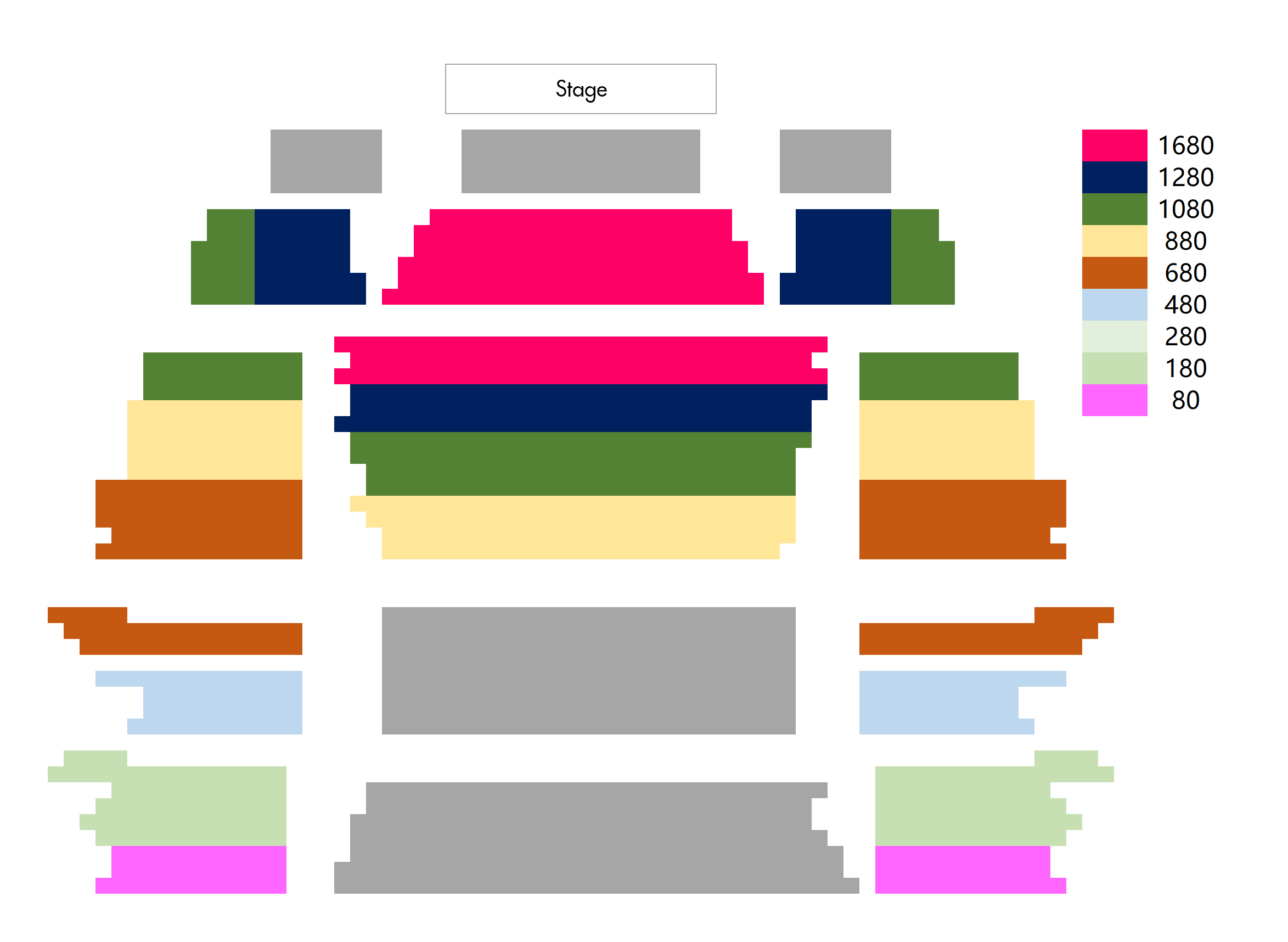
Teatro alla Scala Ballet: Don Quixote
Venue:
Shanghai Grand Theatre
300 Renmin Da Dao, near Huangpi Bei Lu Huangpu Shanghai
Date:
8/31/2018 - 9/2/2018
This ticket is only available as a paper ticket

Teatro alla Scala Ballet: Don Quixote
8/31/2018 - 9/2/2018
Shanghai Grand Theatre
300 Renmin Da Dao, near Huangpi Bei Lu Huangpu Shanghai
¥180 - ¥1680
Paper ticket
Event details
With its sparkling energy and the bright colours of the staging by Raffaele Del Savio and Anna Anni, Rudolf Nureyev’s Don Quixote, in repertoire at La Scala since 1980, will transport audiences with freshness, joy and choreographic splendour to a enchanting Spain, with gypsy dances, fandangos, matadors, windmills and the airy candour of the Garden of the Dryads. Set to Minkus’ accessible music, the adventures of Don Quixote and his trusted squire Sancho Panza interweave; or rather, they act as a pretext for a love story and for an evening of sizzling dances, scintillating and full of temperament, with funny supporting characters and virtuoso lead roles. Between fleeing, deceptions and disguises, Don Quixote will dance with his Dulcinea, and the young Kitri and the barber Basilio’s dreams will come true.

Teatro alla Scala Ballet Company
The present day Ballet Company of Teatro alla Scala can boast a glorious past whose roots go back centuries to the 1778 inauguration of the world’s most celebrated musical theatre. Illustrious choreographers, such as Jean-Georges Noverre, Gasparo Angiolini, Salvatore Viganò, were to exert great influence on dance in Europe, even before the founding in 1813 of the Imperial Dance Academy of La Scala. From here Carlo Blasis, the illustrious dancer, teacher and theorist brought Ballet into the romantic period, contributing to the technical innovation of its style. In Russia, Enrico Cecchetti, propagated the teaching of the Italian academic technique and by way of Serge Diaghilev’s Ballets Russes, which he had joined, elevated its status in this new era.
Dance at La Scala entered the twentieth century also with renowned choreographers linked to the Ballets Russes, like Mikhail Fokin and Leonide Massine. From the free and expressionist dance of Middle-Europe of the thirties and forties, came, above all, Aurel Milloss. Arturo Toscanini gave him the task of reuniting the lost threads of the Scala company after the Second World War. For his repertoire, he not only chose great musicians, renowned set designers and painters, but also illustrious guests such as George Balanchine.

Director: Frédéric Olivieri
Choreography: Rudolf Nureyev
Choreographic supervision: Florence Clerc
Music: Ludwig Minkus
Orchestration and music arrangement: John Lanchbery
Conductor: David Coleman
Sets: Raffaele Del Savio
Costumes: Anna Anni
Costumes supervisor: Irene Monti
Lights: Marco Filibeck
Performed by: Teatro alla Scala Ballet Company with Shanghai Opera House Orchestra
Notice
Date:
31st Aug (Fri) - 1st Sep (Sat) @ 19:15
2nd Sep (Sun) @ 14:00
Duration: 160mins including 2 intermissions
All information on artists and duration is subject to change


Follow our WeChat for event news, deals, gossip and more!
Book Now
Teatro alla Scala Ballet: Don Quixote
Venue:
Shanghai Grand Theatre
300 Renmin Da Dao, near Huangpi Bei Lu Huangpu Shanghai
Date:
8/31/2018 - 9/2/2018
This ticket is only available as a paper ticket
© 247tickets 2020 沪ICP备19024898号-2

 Add us on WeChat to speak to our friendly customer service team! ID: Tickets247Tickets
Add us on WeChat to speak to our friendly customer service team! ID: Tickets247Tickets